Families and Mental Illness: Listen, please.
one constructive thing...
I woke up early this morning, grateful to have slept at all. It's finally Monday, and the main players on Ben's so-called recovery team are back at work. Maybe - just maybe - I can do something today that will help Ben, repair some small part of the damage that has been done by the recent, blinders-on, money-saving (ha!) way his recent transfer from group living was handled.
The sleepless night came by surprise. After a Fathers' Day filled with blessed distraction, I found myself with physical exhaustion but a wide-awake brain when my head finally hit the pillow. The body knows. Sleep would not come. Too many thoughts.
Today I awake in the family room, where Ben usually sleeps when he spends the night with us. The pillow and blanket are the ones he uses, and they smell of him even though he hasn't stayed with us much since moving into his new apartment. This scent, I think, is what finally lulled me into the three hours of sleep that came at last.
Ben's laundry is clean and neatly folded in the corner of the room. That, at least, was something I could do for him yesterday when the treatment world was asleep. In these three days since his relapse I've revisited the earlier stages of emotional recovery for families (introduced in Class 1 of NAMI's Family-to-Family class), as we all do when crisis suddenly rears its ugly head. Crisis, hoping-against-hope, shock, fear, guilt, sadness, anger - and now I must return to acceptance and advocacy in order to make the calls, have the meetings, figure out a way to fix this if I can. Look out. I'm about to pick up the phone.
Most helpful during last night's insomnia? I reread the latest issue of the NAMI Advocate, reread the insightful comments on this blog and my companion blog for healthyplace.com, and then wrote an entry on the latter, reviewing the four cornerstones for mental illness recovery as I see them: Medical Treatment, Community, Purpose and Structure. Ben had all that (not perfect, but still present) a month ago; now all four have been shaken to the core by the sloppy, extreme and trigger-happy transition that shook his familiar world.
Writing these posts has a calming effect, as though by taking the ideas out of my head and piecing them together on paper or screen frees me from their hold.
It suddenly comes to me that Ben does exactly the same thing when he writes - in one of his many spiral notebooks, on scraps of paper, on his hand. Maybe, for a moment, it gets the voices out of his head and into another place where he can begin to make sense of them, have some control over them.
We are not so different, after all.
Thanks for reading this blog, and helping me feel like our story might somehow be of help.


